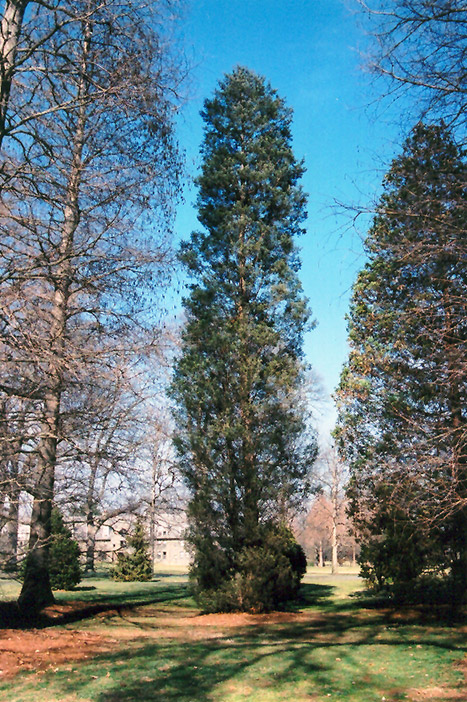Brunswick
422 Bath Road
Brunswick, ME 04011
1-800-339-8111
207-442-8111
Falmouth
89 Foreside Road
Falmouth, ME 04105
1-800-244-3860
207-781-3860
Cumberland
201 Gray Rd (Route 100)
Cumberland, ME 04021
1-800-348-8498
207-829-5619
Height: 50 feet
Spread: 20 feet
Sunlight:
![]()
Hardiness Zone: 4b
Other Names: Whitecedar Falsecypress
Description:
An interesting evergreen tree, almost resembling a juniper in habit and foliage; good for accent or articulation use in wet locations
Ornamental Features
Atlantic Whitecedar is primarily valued in the landscape for its distinctively pyramidal habit of growth. It has bluish-green evergreen foliage. The scale-like sprays of foliage remain bluish-green throughout the winter. The furrowed gray bark adds an interesting dimension to the landscape.
Landscape Attributes
Atlantic Whitecedar is an open evergreen tree with a strong central leader and a distinctive and refined pyramidal form. Its relatively fine texture sets it apart from other landscape plants with less refined foliage.
This is a relatively low maintenance tree. When pruning is necessary, it is recommended to only trim back the new growth of the current season, other than to remove any dieback. It has no significant negative characteristics.
Atlantic Whitecedar is recommended for the following landscape applications;
- Accent
- Vertical Accent
Planting & Growing
Atlantic Whitecedar will grow to be about 50 feet tall at maturity, with a spread of 20 feet. It has a high canopy of foliage that sits well above the ground, and should not be planted underneath power lines. As it matures, the lower branches of this tree can be strategically removed to create a high enough canopy to support unobstructed human traffic underneath. It grows at a medium rate, and under ideal conditions can be expected to live for 70 years or more.
This tree should only be grown in full sunlight. It is quite adaptable, prefering to grow in average to wet conditions, and will even tolerate some standing water. It is particular about its soil conditions, with a strong preference for sandy, acidic soils. It is somewhat tolerant of urban pollution. Consider applying a thick mulch around the root zone in winter to protect it in exposed locations or colder microclimates. This species is native to parts of North America.

